Lunar Cycle And Moon Rituals explained [Guide]
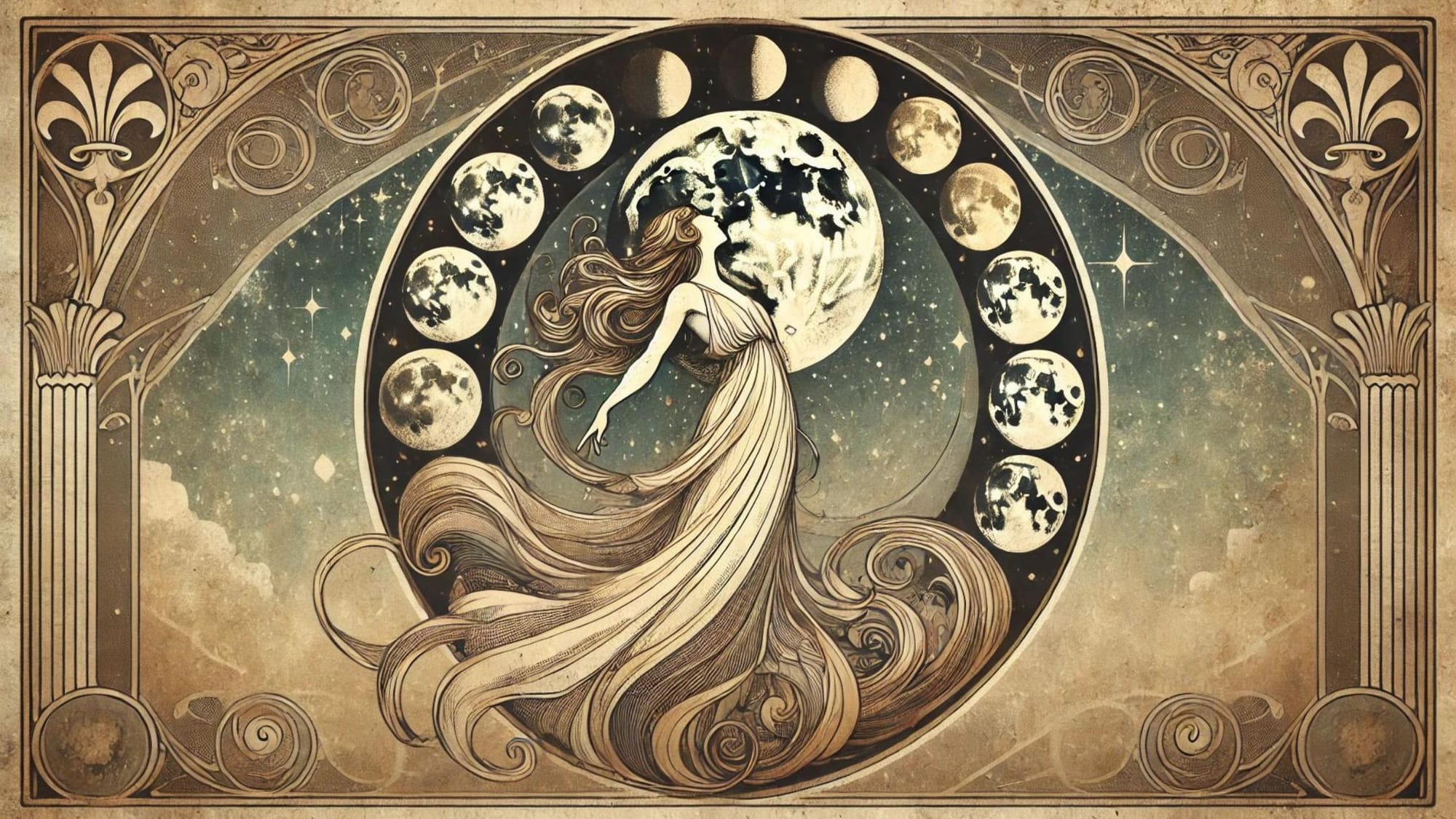
For thousands of years, people used the moon to tell time, plan farming, and connect with nature. Early calendars followed the moon phases, keeping societies in sync with moon cycles.
But we lost this close connection when we switched from moon-based calendars to sun-based ones. This change altered how we tracked time and made us less aware of the moon's influence on our lives.
If we reconnect with the lunar cycle; we reconnect with human nature, psych, and spirit.
Table of Contents
1. What Is The Lunar Cycle?
The lunar cycle is a continuous 29.5-day journey during which the moon transitions through eight distinct phases. These phases occur due to the moon's orbit around the Earth and the relative positions of the Earth, moon, and sun. As the moon orbits Earth, different portions of its surface are illuminated by the sun, which is what we observe as the moon's phases from our vantage point on Earth.
The primary phases—New Moon, First Quarter, Full Moon, and Last Quarter—are interspersed with intermediate phases that mark the moon's waxing (growing) and waning (shrinking) illumination. Understanding this cycle is fundamental to many cultural, agricultural, and spiritual practices around the world.
Read Also:
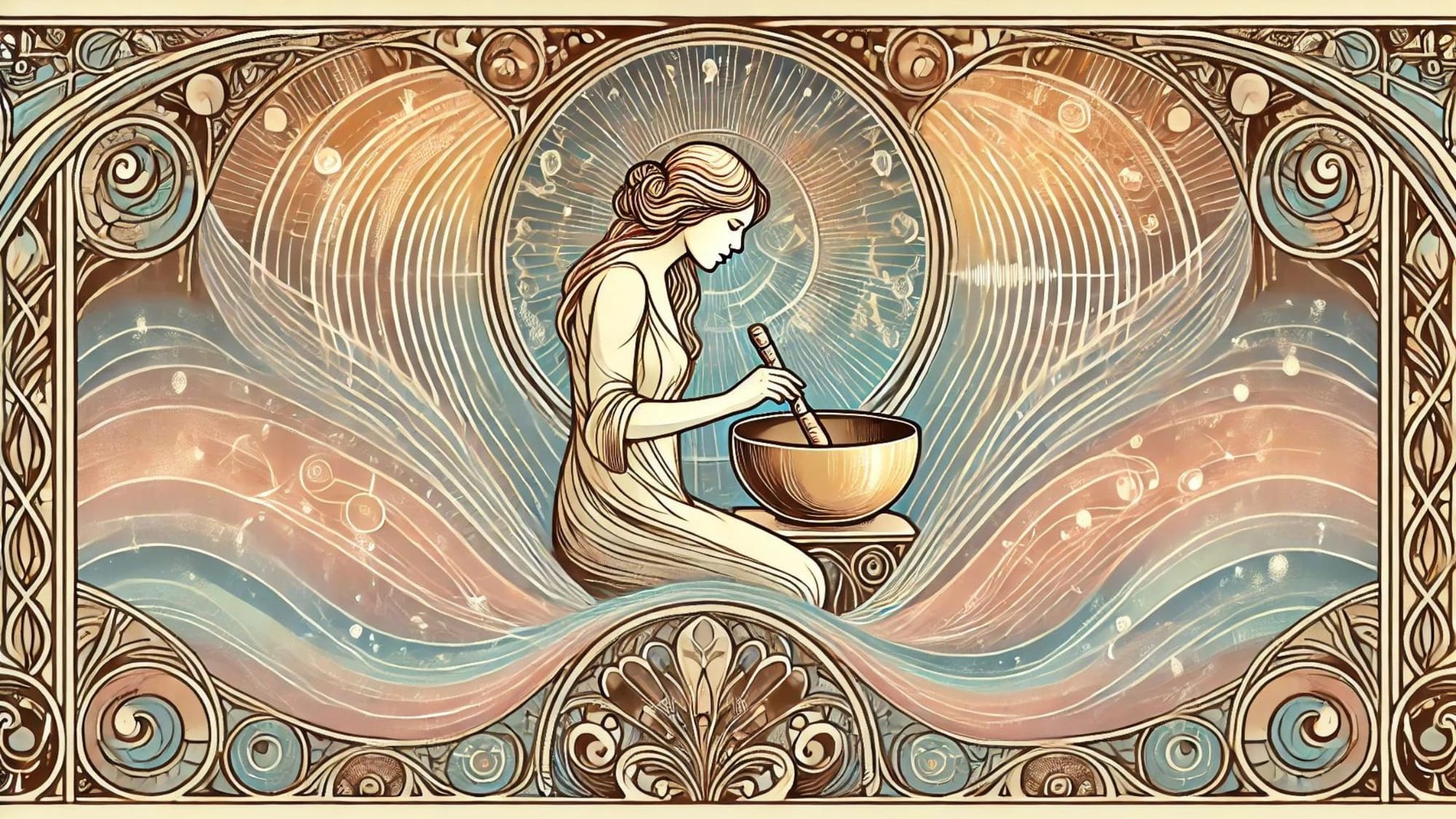
2. What Are The Meanings Of Moon Phases?
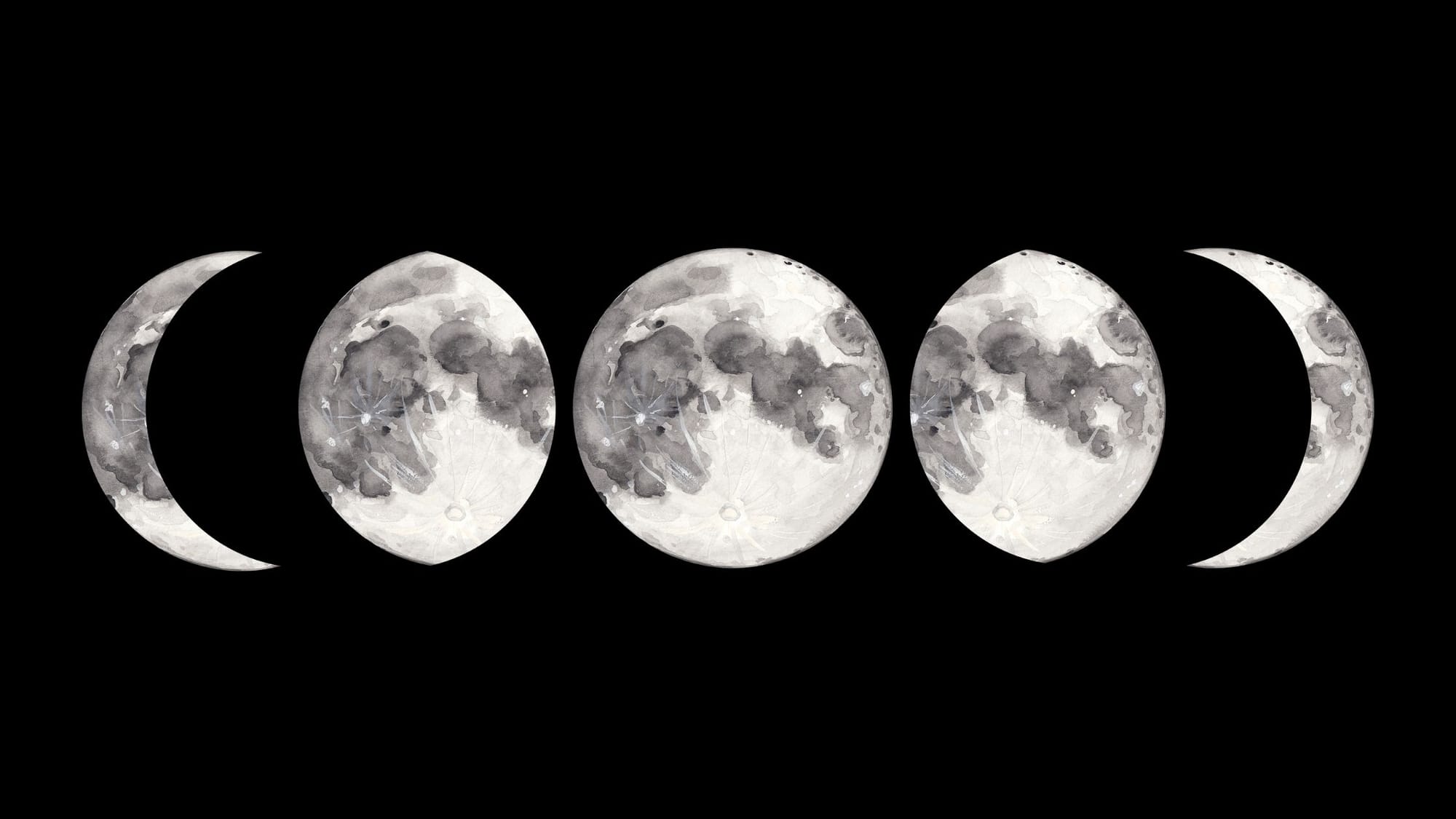
1. New Moon 🌑
Astronomical Explanation: During the New Moon, the moon is positioned between the Earth and the sun. The side of the moon facing Earth receives no direct sunlight, making it nearly invisible in the night sky.
Significance: Traditionally symbolizes new beginnings and a fresh start. It's considered an ideal time to set intentions or start new projects.
Energetic Qualities: Associated with quietness and introspection. The lack of moonlight creates a metaphorical "blank state," encouraging inward focus and contemplation.
2. Waxing Crescent 🌒
Astronomical Explanation: A sliver of the moon becomes visible as it moves slightly away from the direct alignment between Earth and the sun. The right side of the moon starts to reflect sunlight.
Significance: Represents growth and the building of momentum toward goals set during the New Moon.
Energetic Qualities: Filled with optimism, faith, and courage. It's a time to nurture intentions and take the first steps toward manifesting desires.
3. First Quarter 🌓
Astronomical Explanation: Half of the moon's surface facing Earth is illuminated. It is a quarter way through its orbit around Earth.
Significance: A time for taking action and overcoming obstacles that may hinder progress toward goals.
Energetic Qualities: Enhances decision-making and presents challenges that encourage growth. It's a period of momentum and pushing forward.
4. Waxing Gibbous 🌔
Astronomical Explanation: More than half of the moon is illuminated, but it's not yet full. The moon continues to wax, showing more of its surface each night.
Significance: A phase of refinement and adjustment, where plans are reviewed and improved upon.
Energetic Qualities: Encourages patience and trust in the process. It's a time to fine-tune efforts and remain focused.
5. Full Moon 🌕
Astronomical Explanation: The moon is opposite the sun, with Earth in between. The entire face of the moon visible from Earth is illuminated.
Significance: Symbolizes culmination and the realization of goals and intentions set earlier in the cycle.
Energetic Qualities: Brings heightened energy, clarity, and a sense of fulfillment. Emotions and sensations may feel more intense.
6. Waning Gibbous 🌖
Astronomical Explanation: Following the Full Moon, the amount of illuminated surface decreases, but more than half is still lit.
Significance: Time for gratitude, sharing knowledge, and disseminating what has been learned.
Energetic Qualities: Promotes introspection and giving back to others. It's a period for reflection on achievements.
7. Last Quarter 🌗
Astronomical Explanation: Again, half of the moon's surface is illuminated, but this time it's the left side. The moon is three-quarters through its orbit.
Significance: Represents release and letting go of things that no longer serve a purpose.
Energetic Qualities: Encourages forgiveness, cleansing, and making space for new beginnings.
8. Waning Crescent 🌘
Astronomical Explanation: A small sliver of the moon is visible before it disappears entirely, returning to the New Moon phase.
Significance: A period of rest and preparation for the new cycle ahead.
Energetic Qualities: Emphasizes surrender, peace, and rejuvenation. It's a time to reflect and restore energy.
Read Also:
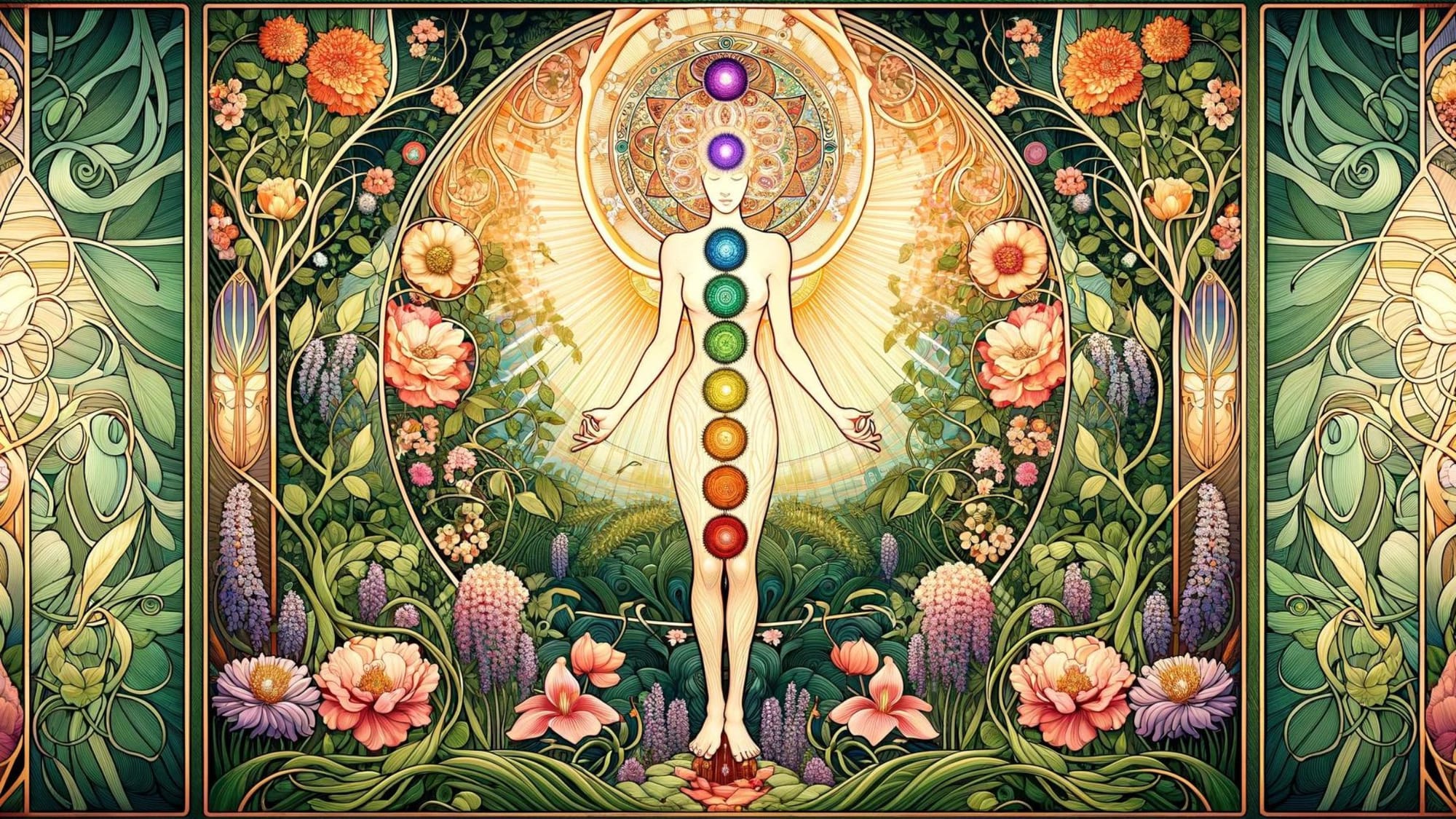
3. The Feminine Connection With The Moon
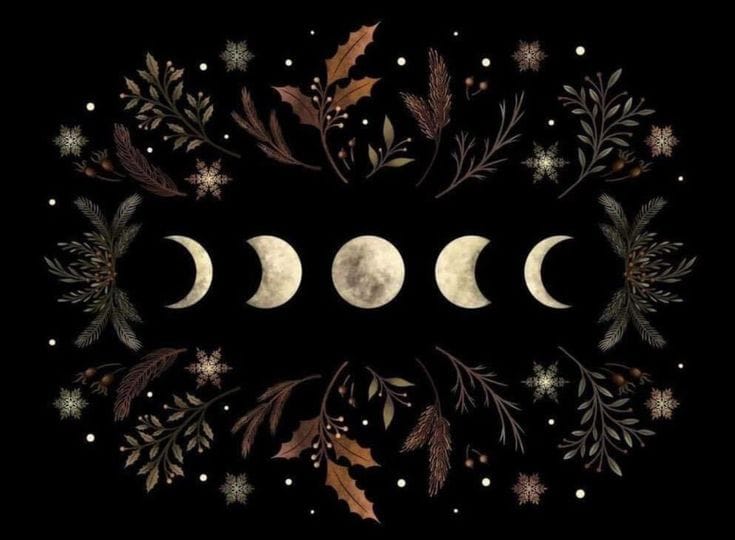
Many cultures believe that the moon enhances women's intuitive abilities and emotional depth. The moon's cycles are thought to influence emotions and inner wisdom, aligning with the natural ebb and flow of feelings.
The moon is also associated with deepening spiritual practices. Its phases can serve as a guide for meditation, reflection, and personal growth. Aligning with lunar cycles may foster a greater sense of connection to one's inner self and the universe.
Various societies have honored the feminine connection to the moon throughout history:
- Ancient Greek Mythology: The moon was personified by goddesses like Selene and Artemis, symbols of femininity and fertility.
- Native American Traditions: Many tribes view the moon as a grandmother figure, celebrating her in ceremonies that honor wisdom and guidance.
- Chinese Culture: The Mid-Autumn Festival is a time to honor the moon, emphasizing themes of femininity, family unity, and harmony.
These cultural examples highlight the widespread recognition of the moon's symbolic influence on women's lives and its role in representing feminine energy.
3.1. Synchronization with Menstrual Cycles
The average menstrual cycle for women is approximately 28 days, closely aligning with the lunar month of about 29.5 days. This similarity has led to various cultural and historical associations between the moon and women's reproductive cycles. Many ancient societies observed this parallel and believed that the moon influenced fertility and femininity.
Throughout history, this connection has been celebrated in rituals and traditions honoring the feminine divine. The moon's phases were often seen as a reflection of the stages in a woman's life and her inner rhythms, symbolizing growth, maturation, and renewal.
3.2. Red Moon vs. White Moon Cycles
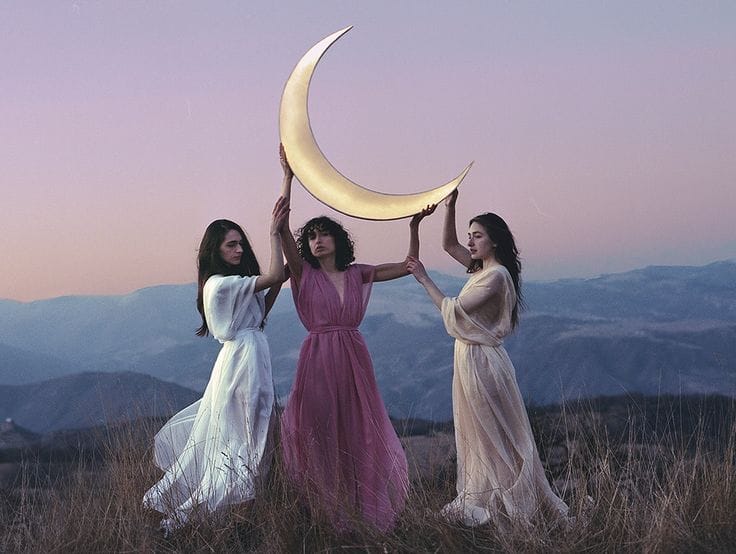
Red Moon Cycle
The Red Moon cycle is often linked to women engaged in guiding others or participating in creative and spiritual practices. It symbolizes a time of empowerment and an outward focus on contributing to society.
- Characteristics: Women who menstruate during the full moon are said to follow the Red Moon cycle.
- Symbolism: Traditionally associated with healers, wisdom-keepers, and those focused on self-development and community leadership.
- Impact: Believed to direct energy outward, promoting creativity, mentorship, and leadership roles within the community.
White Moon Cycle
The White Moon cycle aligns with the archetype of the Mother, highlighting themes of creation, birth, and caregiving. It reflects a period where personal and familial relationships are prioritized.
- Characteristics: Women who menstruate during the new moon are considered to be in the White Moon cycle.
- Symbolism: Connected to fertility, nurturing, and motherhood.
- Impact: Thought to direct energy inward, emphasizing family life, personal well-being, and nurturing others.
3.3. Life Stages and Lunar Cycles
The phases of the moon are often metaphorically linked to the stages of a woman's life, each representing different qualities and periods of growth.
Maiden (New Moon and Waxing Moon)
- Represents: Youth, innocence, and growth.
- Activities: Learning new skills, starting projects, and exploring new opportunities.
This stage symbolizes new beginnings and personal development. The waxing moon signifies the gathering of energy and the pursuit of new experiences.
Mother (Full Moon)
- Embodies: Creation, nurturing, and abundance.
- Activities: Fulfilling responsibilities, caring for others, and nurturing relationships.
The full moon represents fullness and completion, reflecting maturity and the nurturing aspects of life. It's considered a time of high energy and productivity.
Matriarch (Waning Moon)
- Signifies: Wisdom, experience, and transition.
- Activities: Mentoring, sharing knowledge, and preparing for change.
The waning moon symbolizes reflection and the sharing of wisdom. This stage encourages letting go of the old to make way for new beginnings.
Read Also:
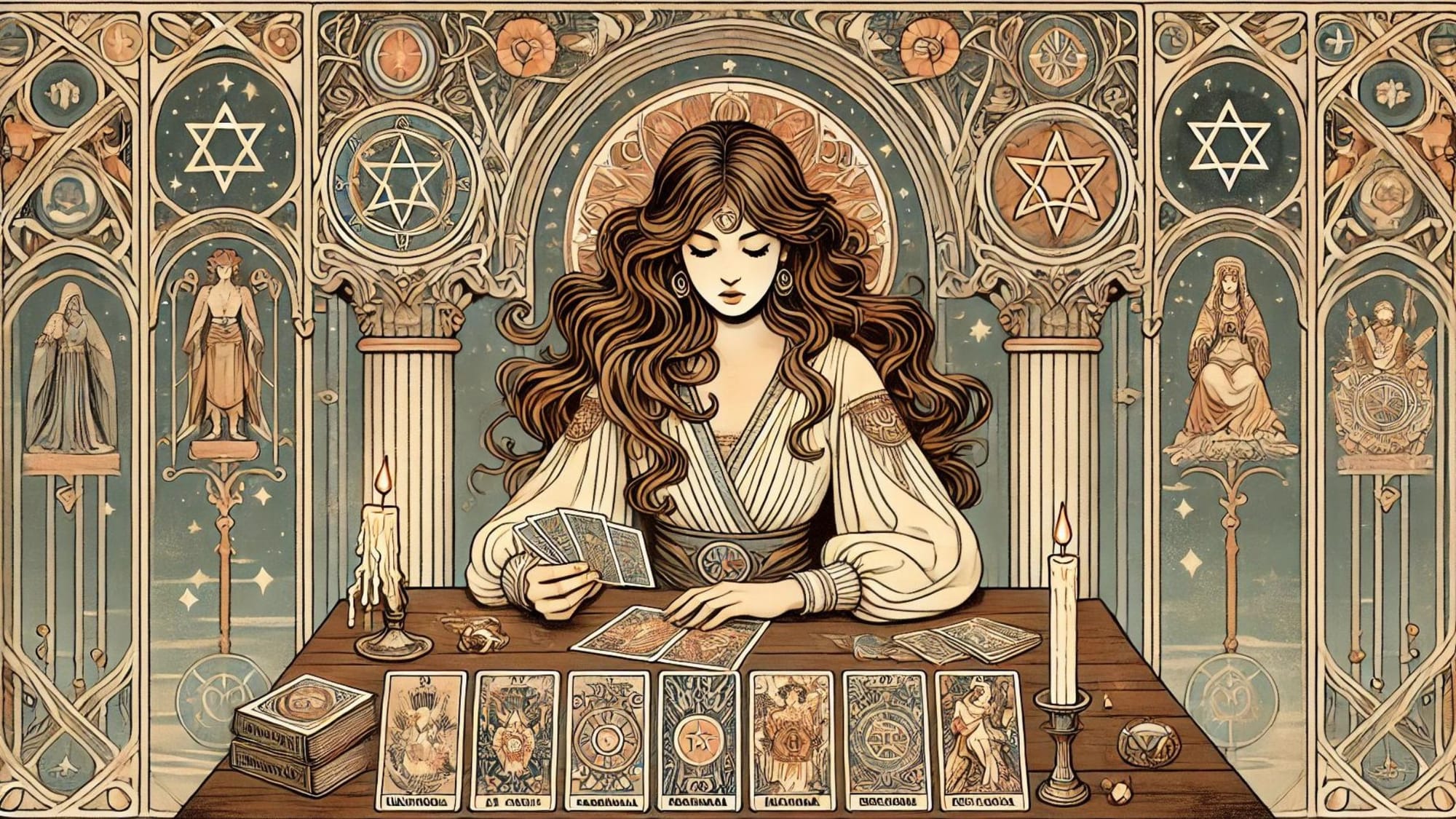
4. Moon Rituals For New And Full Moons
Engaging in moon rituals allows you to connect deeply with the lunar cycle, harnessing its energies for personal growth and transformation. The New Moon and Full Moon are particularly potent times for such practices.
4.1. New Moon Ritual
The New Moon marks the beginning of the lunar cycle and is an ideal time to set intentions and plant seeds for the future.
- Create a Sacred Space: Find a quiet, comfortable place where you feel relaxed. You might light candles or burn incense to set the mood.
- Reflect on Your Desires: Take a few moments to meditate or sit quietly, focusing on what you truly want to bring into your life.
- Write Down Your Intentions: In a journal or on a piece of paper, clearly state your goals and aspirations. Be specific and use positive language.
- Visualize Success: Close your eyes and imagine yourself achieving these intentions. Feel the emotions associated with your success.
- Affirm Your Intentions: Read your intentions aloud, affirming your commitment to them. This can reinforce your dedication.
- Conclude the Ritual: Express gratitude for the opportunities ahead. Some people like to keep their written intentions under a candle or in a special place until the next New Moon.
4.2. Full Moon Ritual
The Full Moon represents the peak of the lunar cycle, a time of heightened energy and illumination. It's an opportunity to release what no longer serves you and celebrate your achievements.
- Identify What to Release: Think of patterns, beliefs, or situations that are holding you back.
- Write Them Down: List these on paper to externalize them from your mind.
- Symbolic Release: Safely burn the paper in a fireproof container, visualizing the release of these burdens.
- Cleanse Your Space: Consider smudging with sage or using essential oils to purify your environment.
- Grounding Activity: Stand barefoot on the earth or hold a grounding stone like hematite to stabilize your energy.
Read Also:
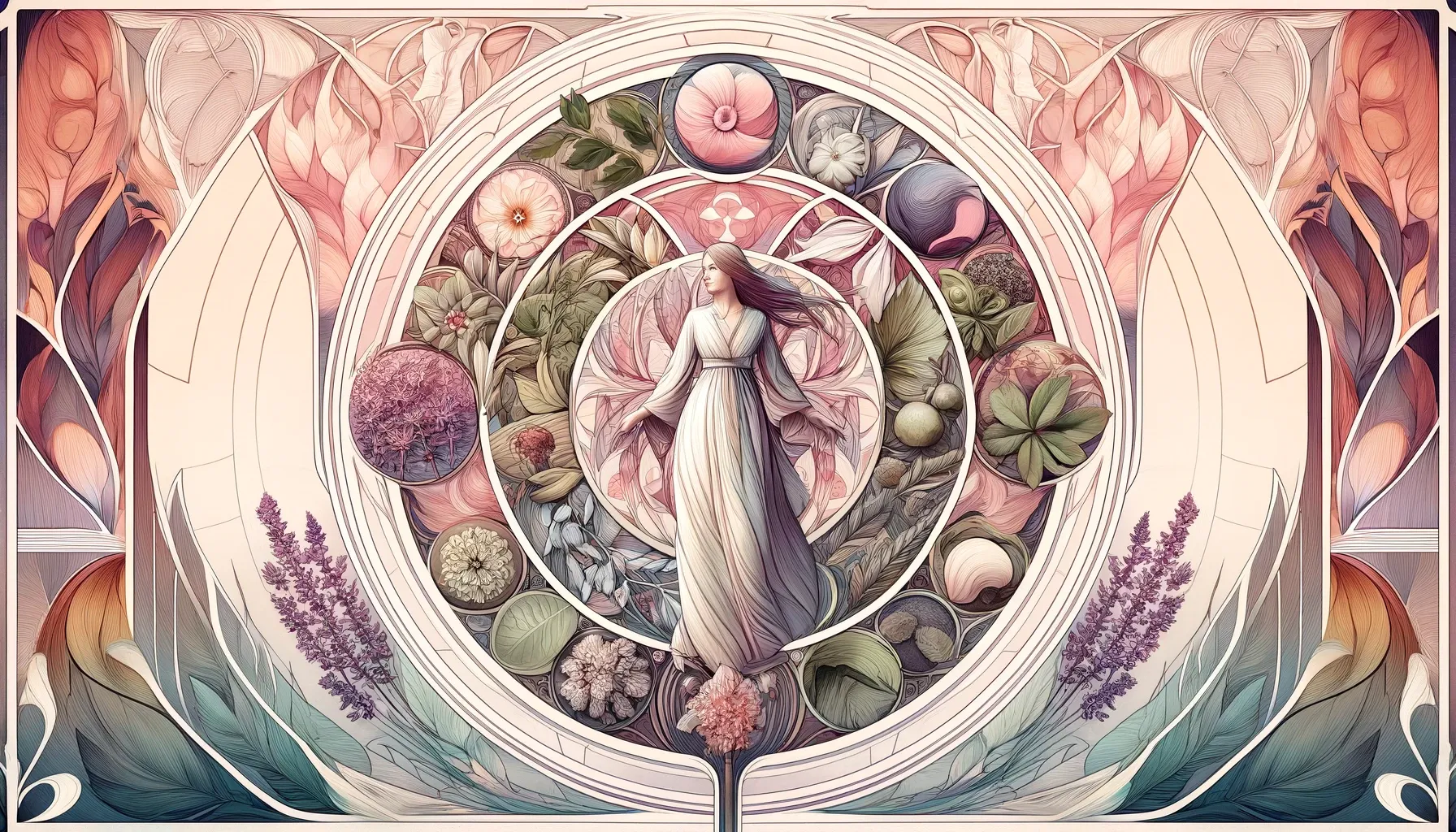
Final Thoughts
The moon has a special link to feminine energy, reflecting life's stages and inner wisdom. Its phases influence our emotions, actions, and spiritual growth. By understanding moon phases and their connection to zodiac signs, we can use the moon's energy to improve ourselves and our relationships.
Frequently Asked Questions
1. What is the connection between the moon and women?
Throughout history and across various cultures, the moon has been symbolically linked to femininity. One key reason is that the lunar cycle, which lasts about 29.5 days, closely mirrors the average length of a woman's menstrual cycle.
This parallel has led to associations between the moon and aspects of womanhood such as fertility, intuition, and emotional rhythms. Mythologies often personify the moon as a goddess or feminine entity, emphasizing this connection.
2. Does the lunar cycle affect human behavior?
While folklore and popular beliefs suggest that the lunar cycle, especially the full moon, influences human behavior—like increasing erratic actions or emotional intensity—scientific research has found little evidence to support these claims.
Studies generally indicate that the moon's phases have minimal to no measurable impact on human psychology or behavior. Any perceived effects are often attributed to cognitive biases or cultural myths rather than actual lunar influence.
3. What are the different moon cycles for women?
The term "moon cycles for women" typically refers to the idea of aligning a woman's menstrual cycle with the phases of the moon. Some people believe in two primary cycles:
- White Moon Cycle: Menstruating during the new moon and ovulating during the full moon, symbolizing fertility and nurturing.
- Red Moon Cycle: Menstruating during the full moon and ovulating during the new moon, often associated with wisdom and inner reflection.
4. Are women more fertile on a full moon?
Scientifically, there is no conclusive evidence that women are more fertile during a full moon. A woman's fertility is governed by her individual ovulation cycle, which isn't inherently linked to the lunar phases.
While some traditional beliefs and anecdotal observations suggest a connection between the full moon and increased fertility, mainstream medical research does not support this idea. Fertility is influenced by a variety of biological factors unique to each person.


